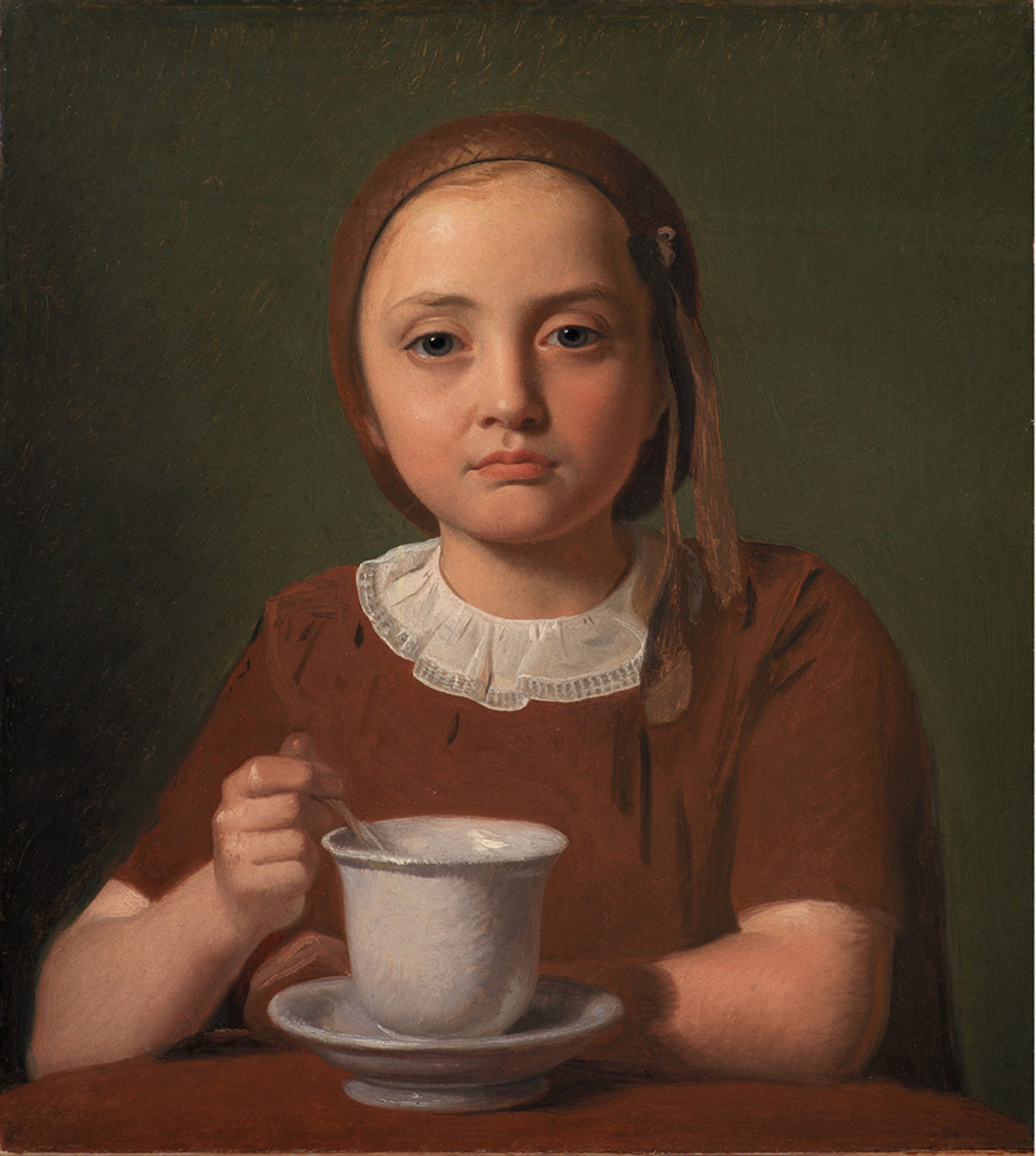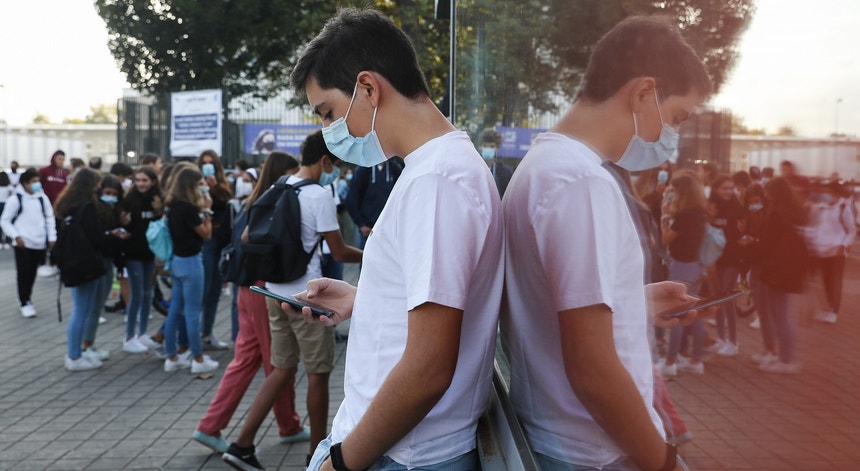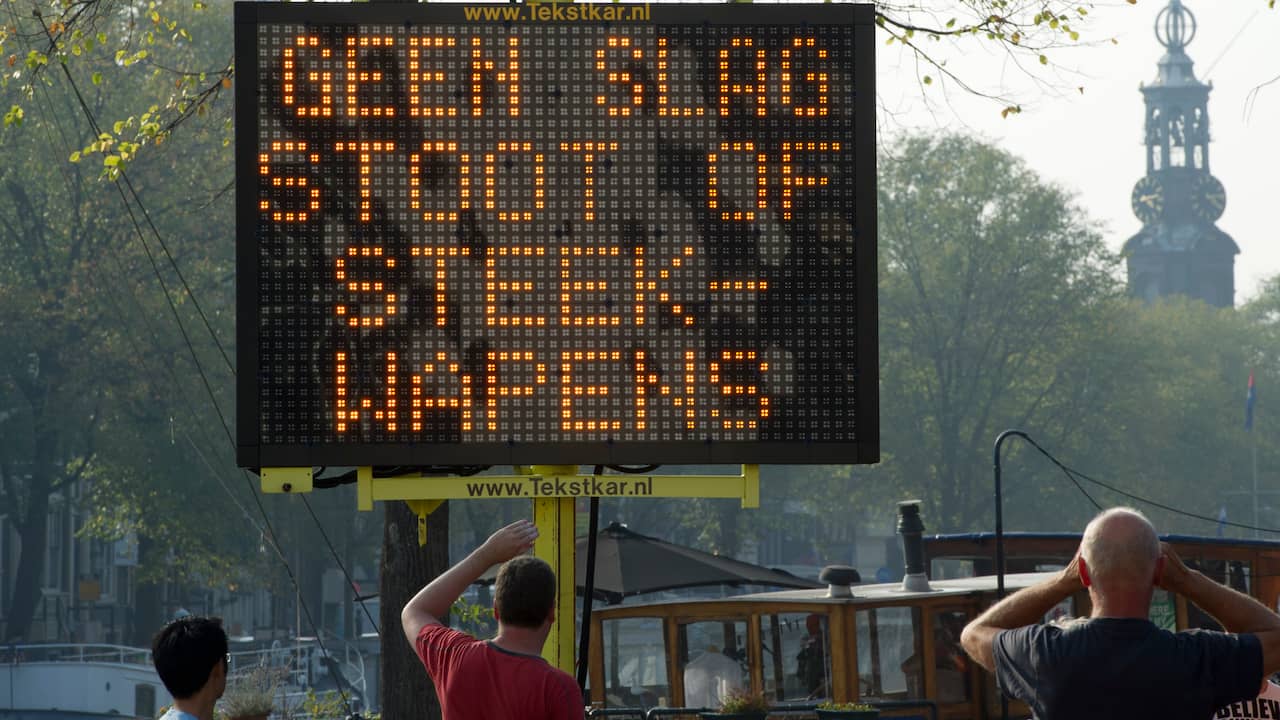Thirty five years. This is the time that has elapsed since the last retrospective on this subject, on the other side of Avenue Winston Churchill, at the Grand Palais, in 1984. Since then, the paintings have gained in value, historians of art has multiplied the work and this period is now better known and documented. A collector had shown his possessions at the MuMA in Le Havre and at the Piscine de Roubaix in 2014, but his collection has since been dispersed. The Petit Palais has chosen major partners: the Statens Museum for Kunst de Copenhague and the Stockholm National Museum.
Very often, it is the hindsight of time that allows us to affirm that a bygone period was a Golden Age. History teaches us that these artistically and scientifically flourishing episodes did not necessarily coincide with a period of political and economic heyday. Indeed, Denmark has a troubled history at the beginning of the 19th century. Copenhagen was bombarded by the English in 1807, the country was even declared bankrupt in 1813, and was mutilated by the two duchies of Schleswig and Holstein following its defeat against Prussia in 1864.
However, the beginnings of an artistic renewal are announced in the figure of Christoffer Eckersberg. A stay in Paris in the studio of Jacques-Louis David will make him discover the attraction of the live model, so that, having become a professor at the Royal Danish Academy of Fine Arts, he will lead an important reform of the education. The pochades he brought back from his stay in Italy were so many models for his students who were introduced to the basics of open-air painting, then booming throughout Europe.
The fraternity of this generation of artists is very well told through the coherent course of the exhibition, between mutual influences, relationships between painters and sculptors, emulation and work on the same motif. We also understand that the bourgeoisie who buys these works see decorative works in their image, which explains the rather modest formats, by comparison with the large religious or mythological formats usually put forward by the Academies.
As always at the Petit Palais, the scenography is meticulous, although the sanitary measures have imposed the elimination of interactive devices which the museum is usually used to. One or two animations illustrate the artists’ choices in terms of framing. Finally, a reconstituted workshop allows visitors, halfway through the course, to learn about drawing with a perspective window. The catalog also contains many enlightened essays dealing with practical and historical questions.
It should be noted that the internationally recognized figure of Wilhelm Hammershøi, celebrated last year at the Jacquemart-André Museum, is after the period selected and does not appear in the exhibition.
–
Can we really speak of a Golden Age of Danish painting? Let us say that the exhibition has the great interest of reconstructing an artistic scene far removed from the French academic system, and of allowing fruitful comparisons, like the recent exhibition at the Musée du Luxembourg on the‘Golden Age of English Painting. In addition, the idyllic vision offered by the artists of Copenhagen, the territories of Jutland and the island of Funen, as well as some landscapes of Scandinavia sign the awakening of a nationalism in tune with the national romanticism that ignites the Europe. Nevertheless, on the pictorial level, it is clear that behind the overwhelming personality of Eckersberg, his contemporaries are struggling to stand out, for lack of breath in their work. We will rather retain an applied paint, meticulous, all in all fireman.


